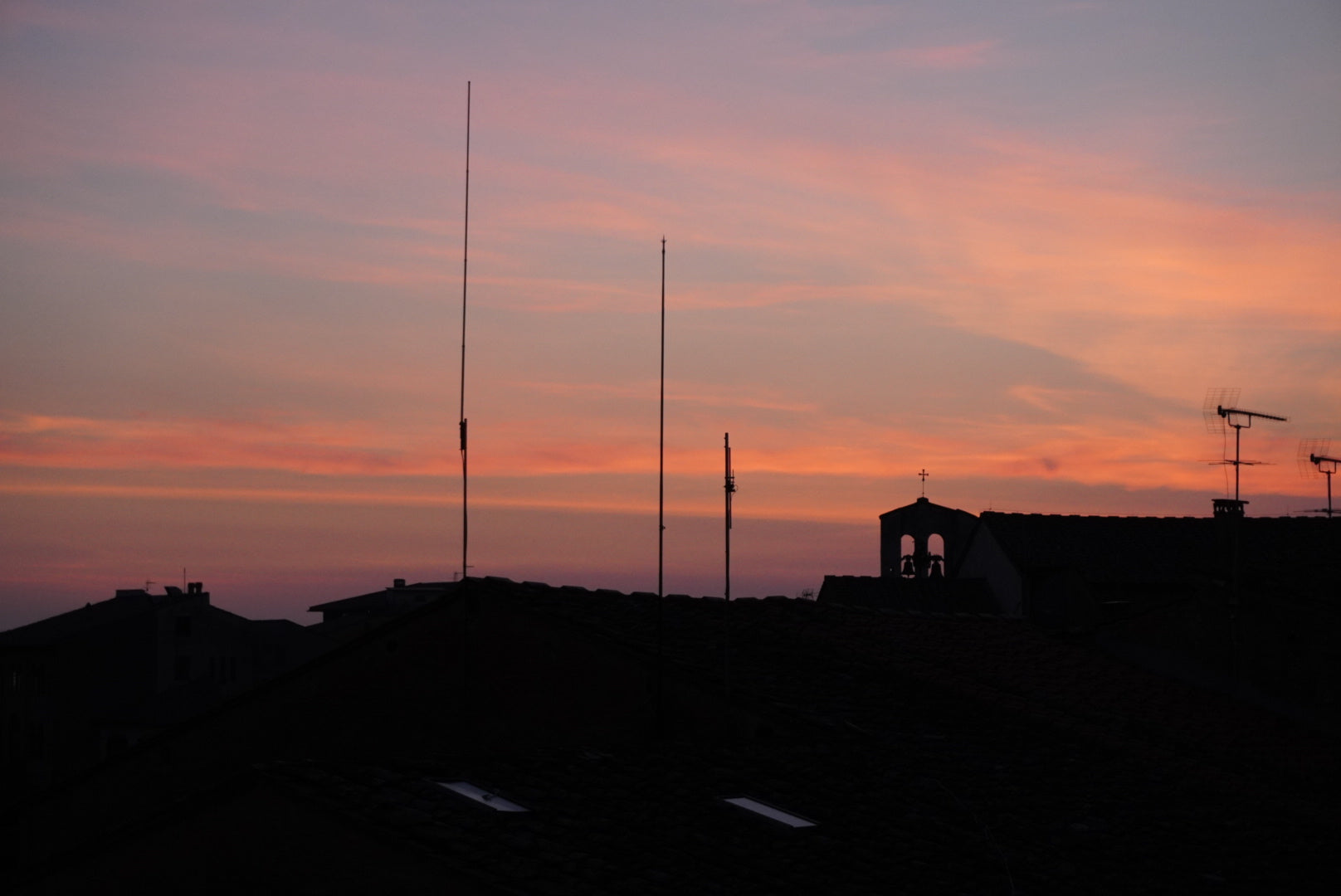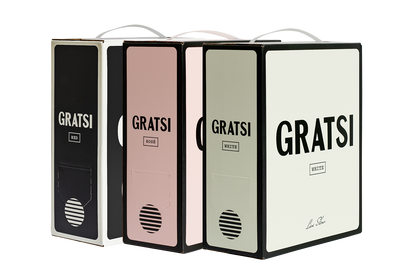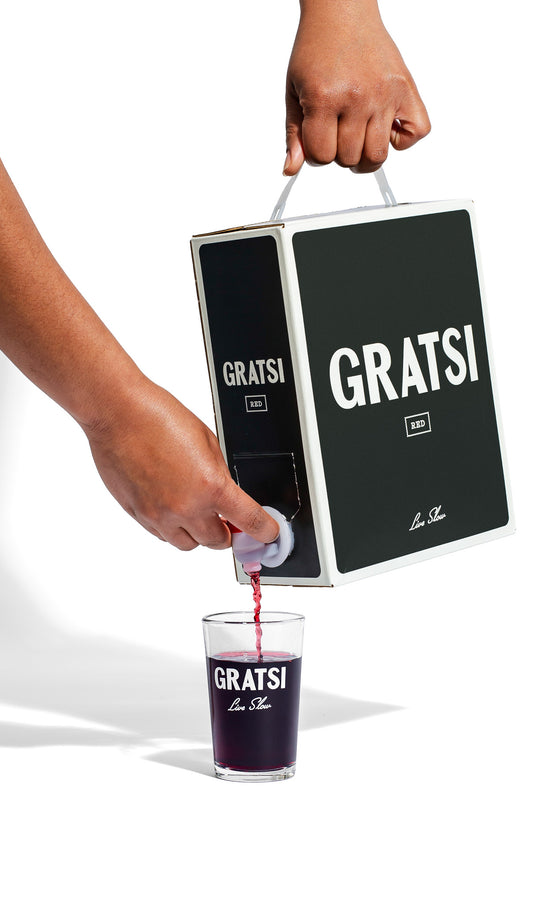The Hidden Side of Tuscany
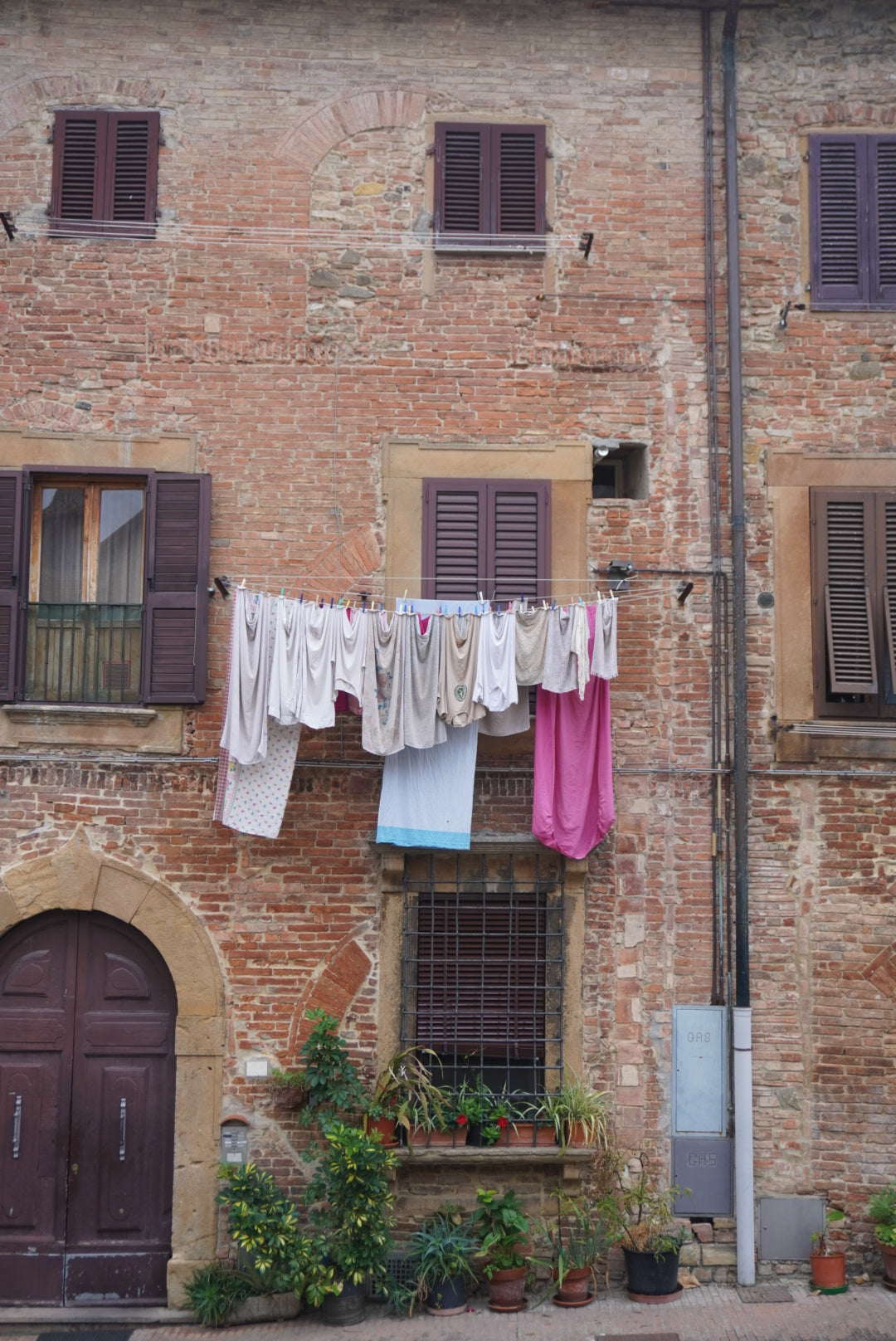
Walking through wineland
The Hidden Side of Tuscany
By Antonia Fest
September 05, 2024
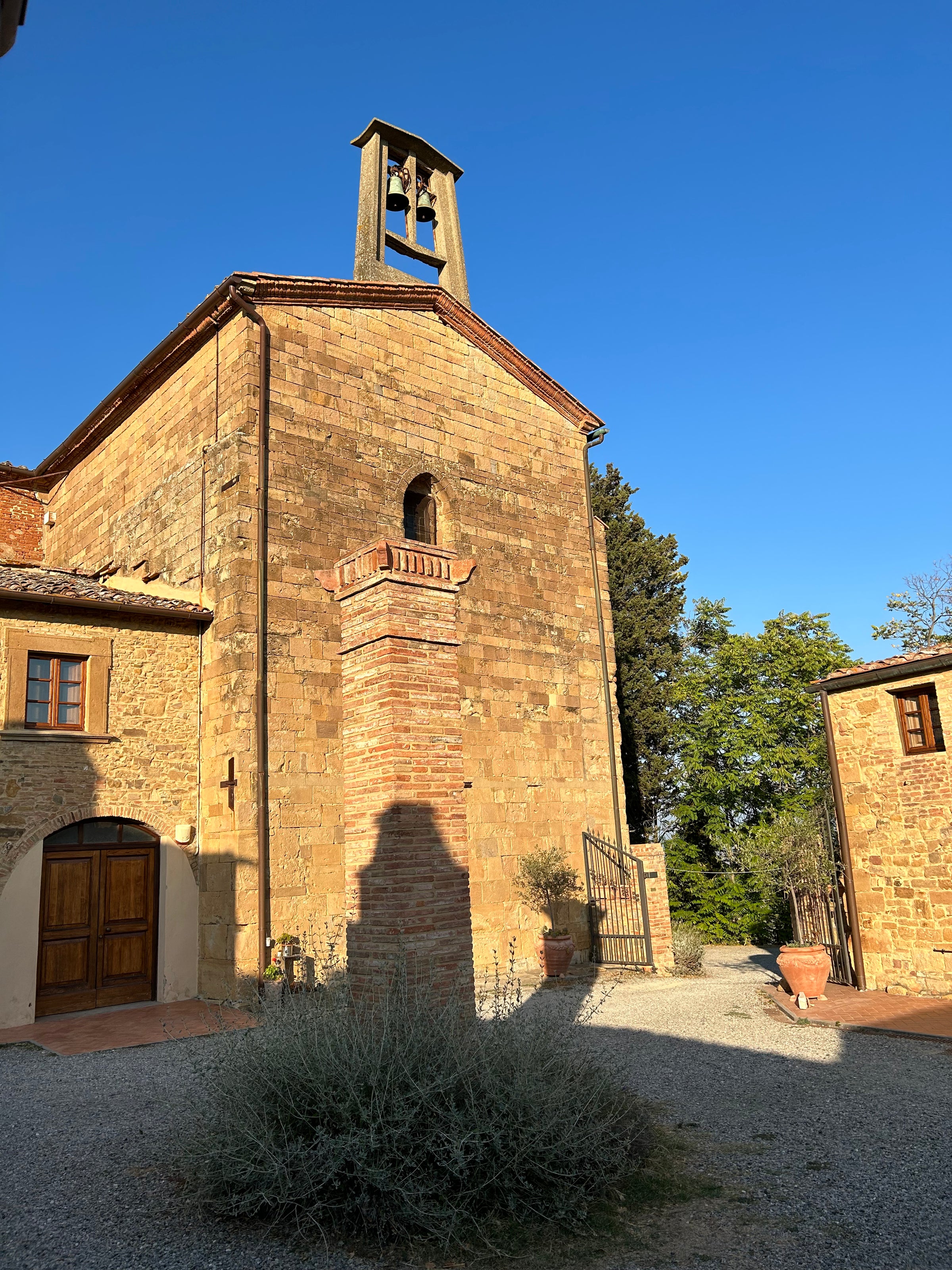
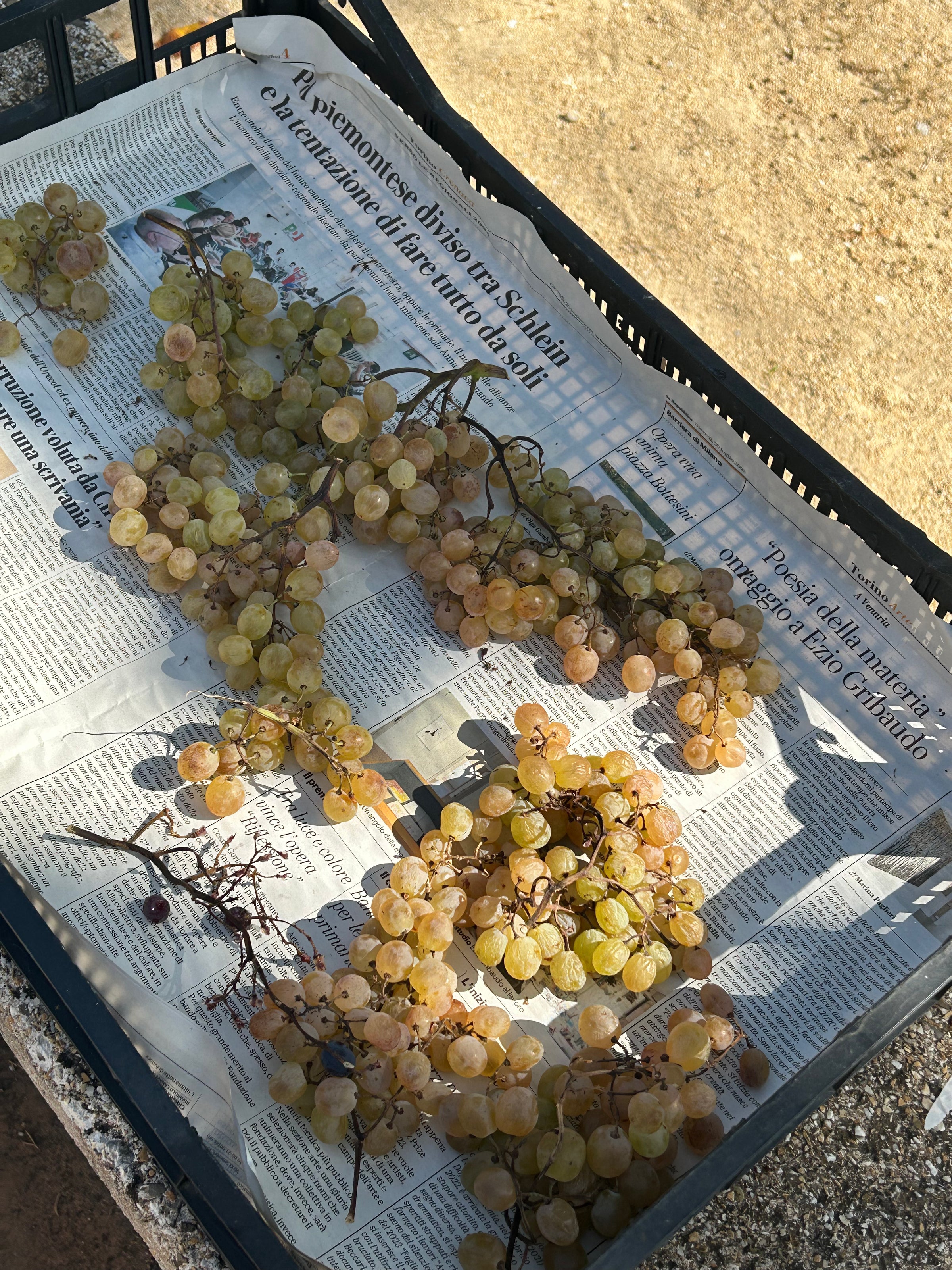
When you live in a beautiful place, you can sometimes take it for granted. It becomes such a regular and accessible part of your life that you forget to take full advantage of it. You think you know it inside out already; you’ve been there, you’ve done that. I used to live in Tuscany and since it was a temporary lodging from the start, I knew I had to savour every moment and leave no stone unturned. On the many trips I took back to the region following my move away, I felt the comfort and the familiarity of it which I had honed over a long period. It was only last October – 7 years after moving away – that I realised how little of Tuscany I actually knew. For this time around, I was hiking through it starting in Lucca and ending in Siena. I was covering 150km of terrain all by foot stopping off in little villages along the way some of which I had never even heard of.
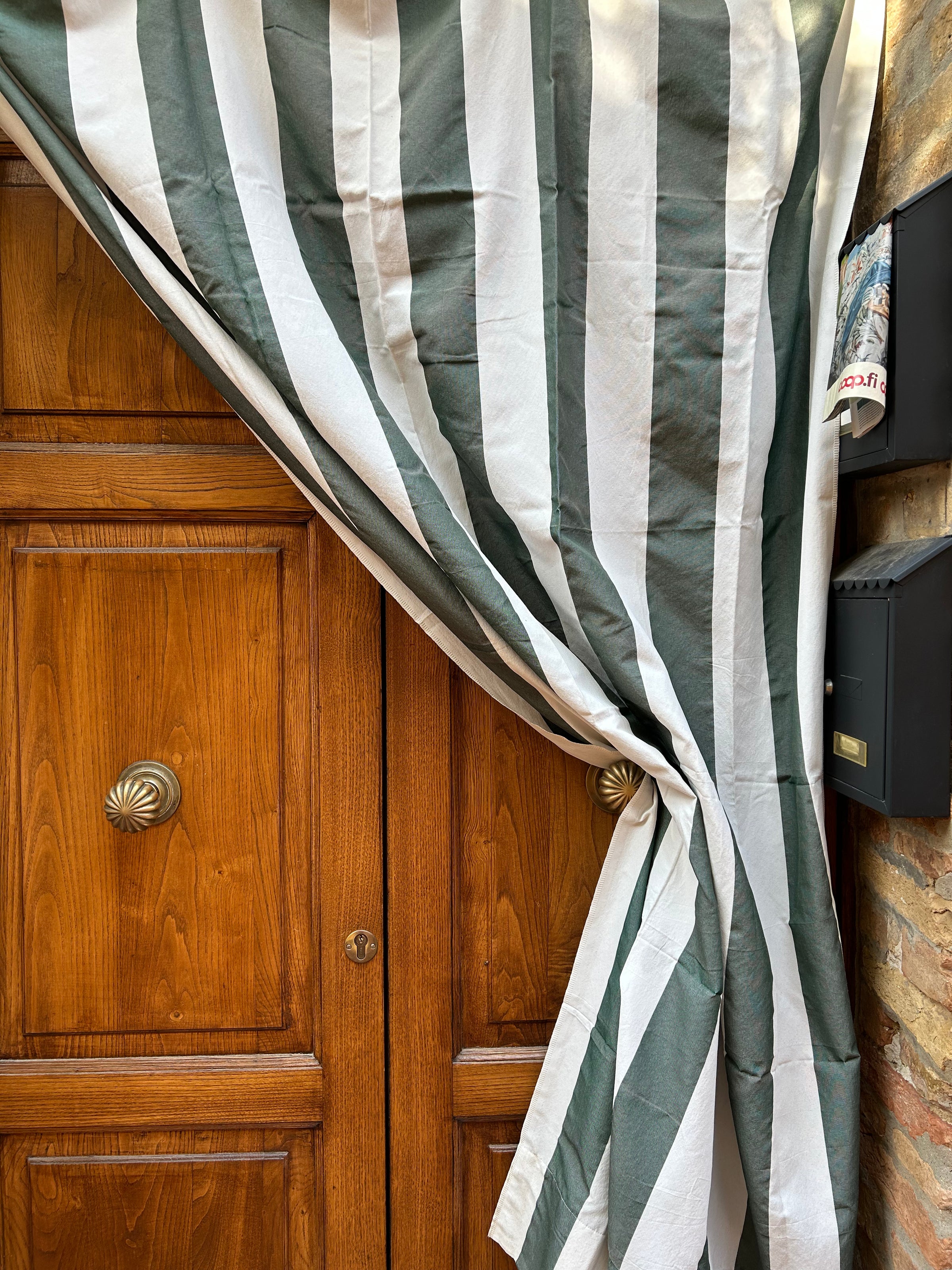
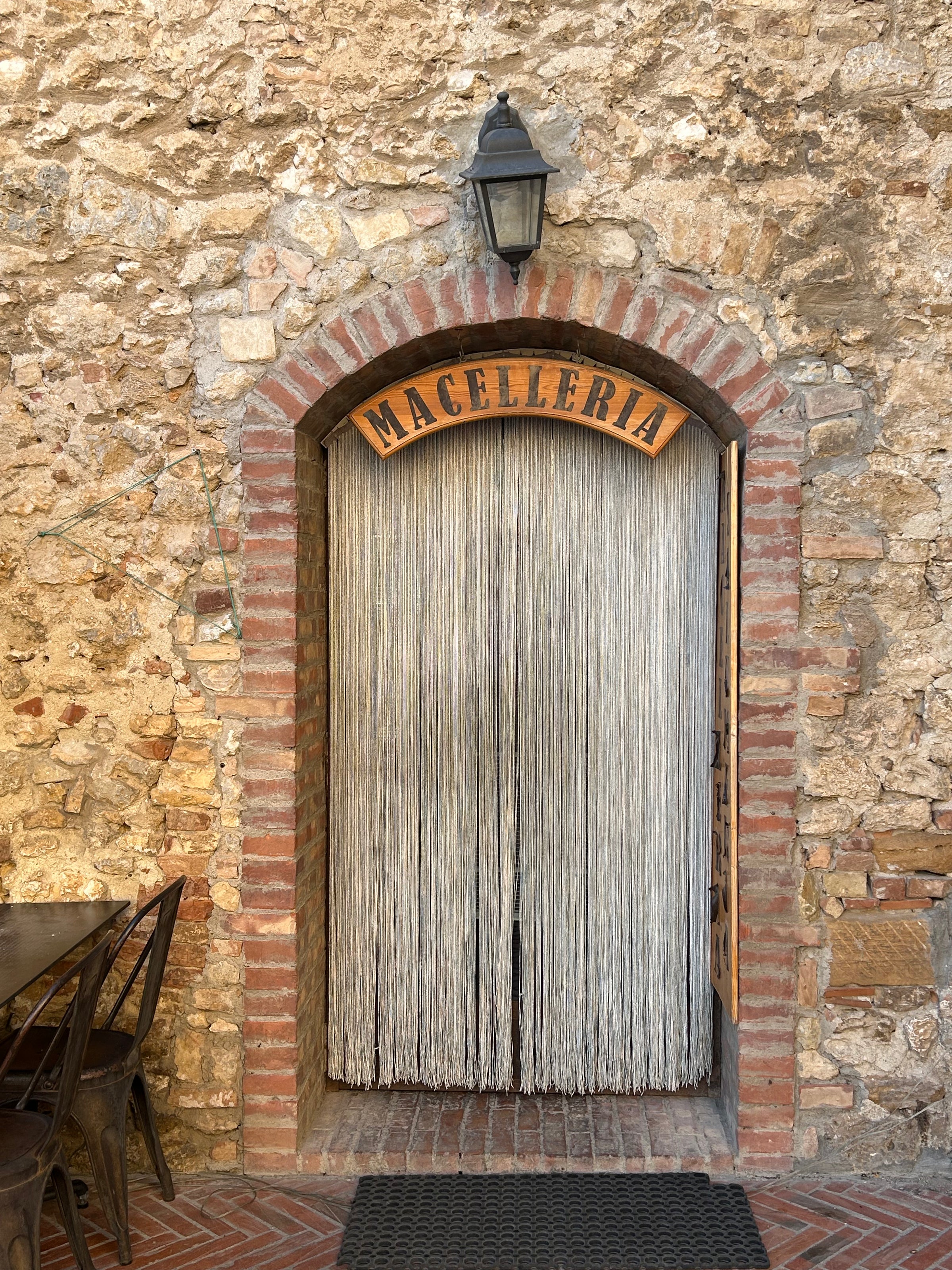
The course we were taking was called the Via Francigena. It had been forged centuries ago in the Middle Ages and had served, for many, as a pilgrimage route to St Peter’s Church in Rome. The trail began in Canterbury in England and snaked all the way through France, Switzerland and Italy to finally reach the Vatican. In its entirety, it covers 1,200 miles of road and it was a journey which medieval pilgrims took several months to complete. Nowadays, the paths are being reinvented as forms of slow tourism and offer its wanderers and wonderers a simpler way of travelling. Our last modern mode of transport was the train from Lucca to our starting point in Altopascio and for the next week, we did not go near anything with wheels.

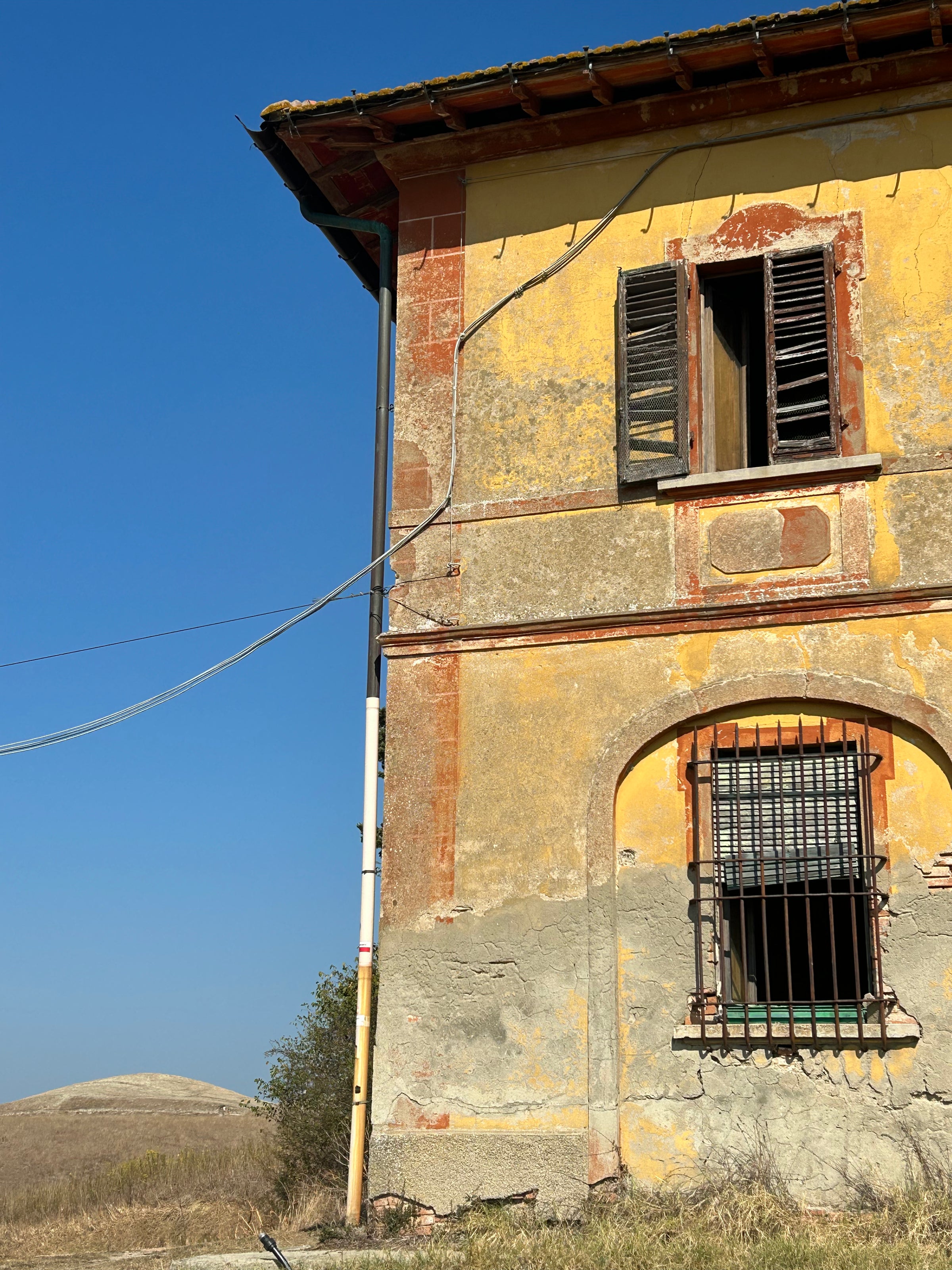
On the first day, we covered 30km of Tuscan soil. In the morning, we departed from Altopascio where we were dressed in layers of thick clothing protecting us from the biting fog. But as the day wore on, the skies cleared, and those layers came off one by one. The rest of the October week saw days of glorious sunshine and warmth which brought the landscapes to life with brightness, colour and autumn scents.
Much of our hike on Day One took us along the Arno river, the same which flows through Florence and Pisa but which extends ever westwards towards the Ligurian sea. We passed quiet towns in the middle of nowhere filled with silent piazzas where the only sign of life was laundry drooping out of shuttered windows. We had no idea how much civilisation we would pass and so the day before, we had picked up sandwiches from Ciacco in Lucca. At lunch we devoured every morsel of the focaccia stuffed with cured meats, marinated vegetables and luscious spreads all grown and produced in the region. As we feasted, we cooled our feet off in the river and dozed underneath a birch tree before pulling our boots back on and continuing the journey under the now beating Tuscan sun.
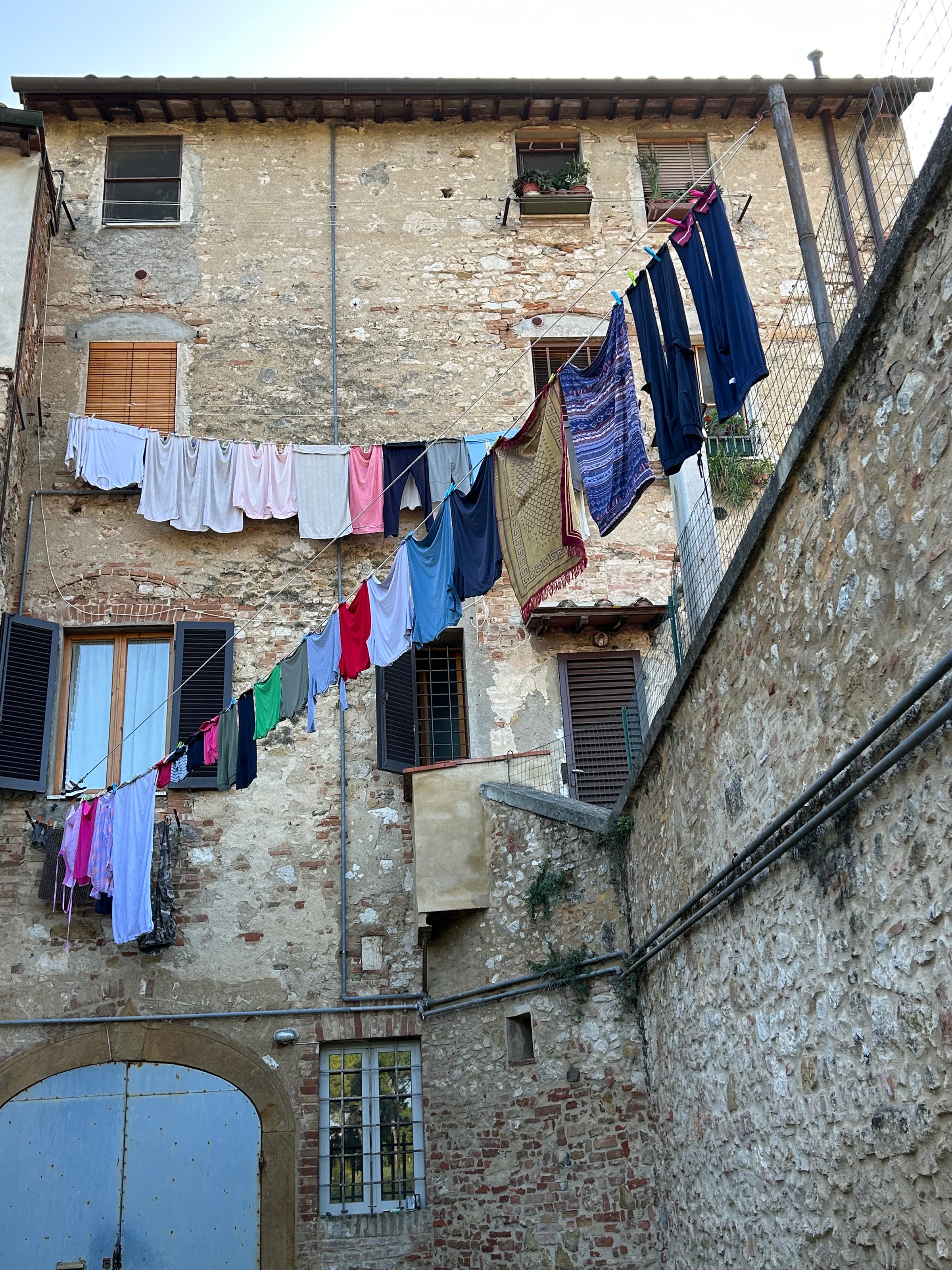
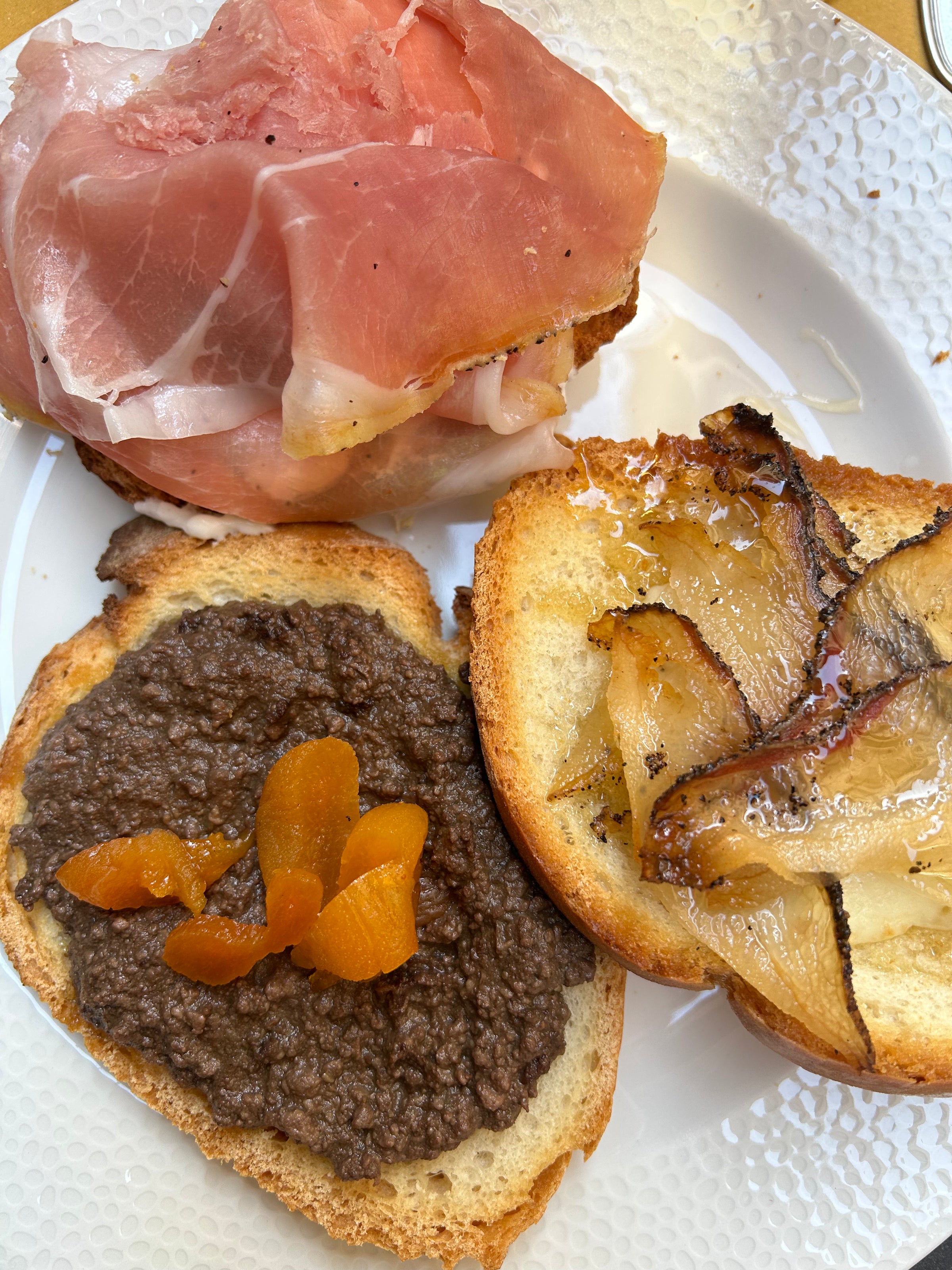
Just before dusk was falling, we hauled ourselves up to our home for the night, the hilltop settlement of San Miniato. It is an ancient town filled with cobbled lanes, looming red brick turrets and pristine piazzas flanked by intricately painted structures. Our urge to reward ourselves overpowered that of collapsing onto the hotel bed and so we bee lined as fast as our weary legs could take us to Birre e Acciughe, a neighbourhood deli selling endless varieties of beer and bruschetta. We ordered two bottles of crisp lager and 2 toasted breads one topped with brie and truffle honey, the other with butter and anchovies. These were enjoyed whilst watching the sun setting over green valleys and red-tiled roofs which were gradually silhouetting with the fading light.
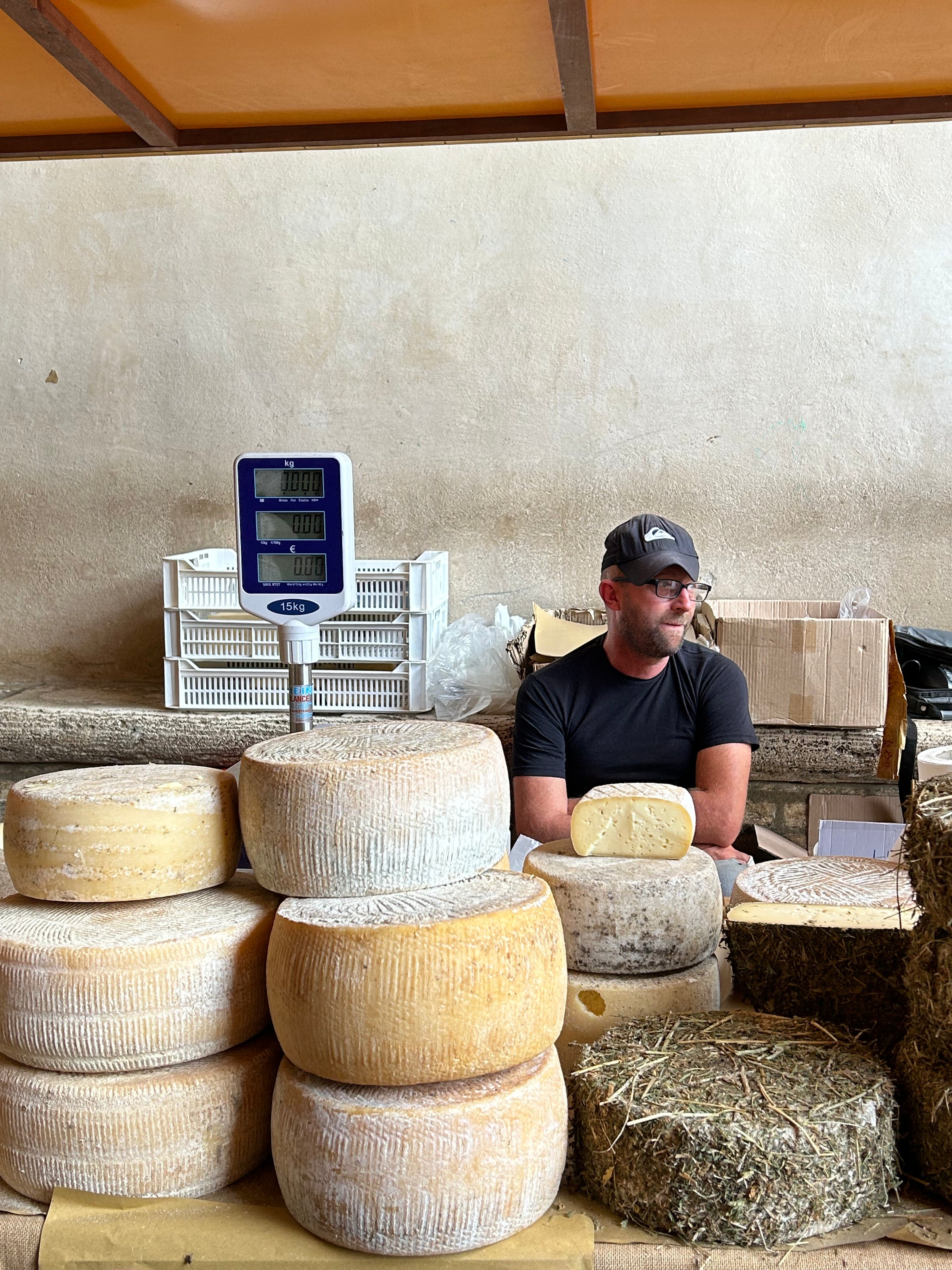

The beauty of walking tens of kilometres each day is the hunger which is born from the physical exertion. Where better than to have copious stomach space than Tuscany?! That night in San Miniato, we devoured piled plates of seasonal truffle pasta, brimming glasses of Chianti wine and bulging ramekins of tiramisu at Piccola Osteria del Tartufo in the town’s main piazza. Refuelled, it was then all too easy to melt into our pillows and prepare for the following day.
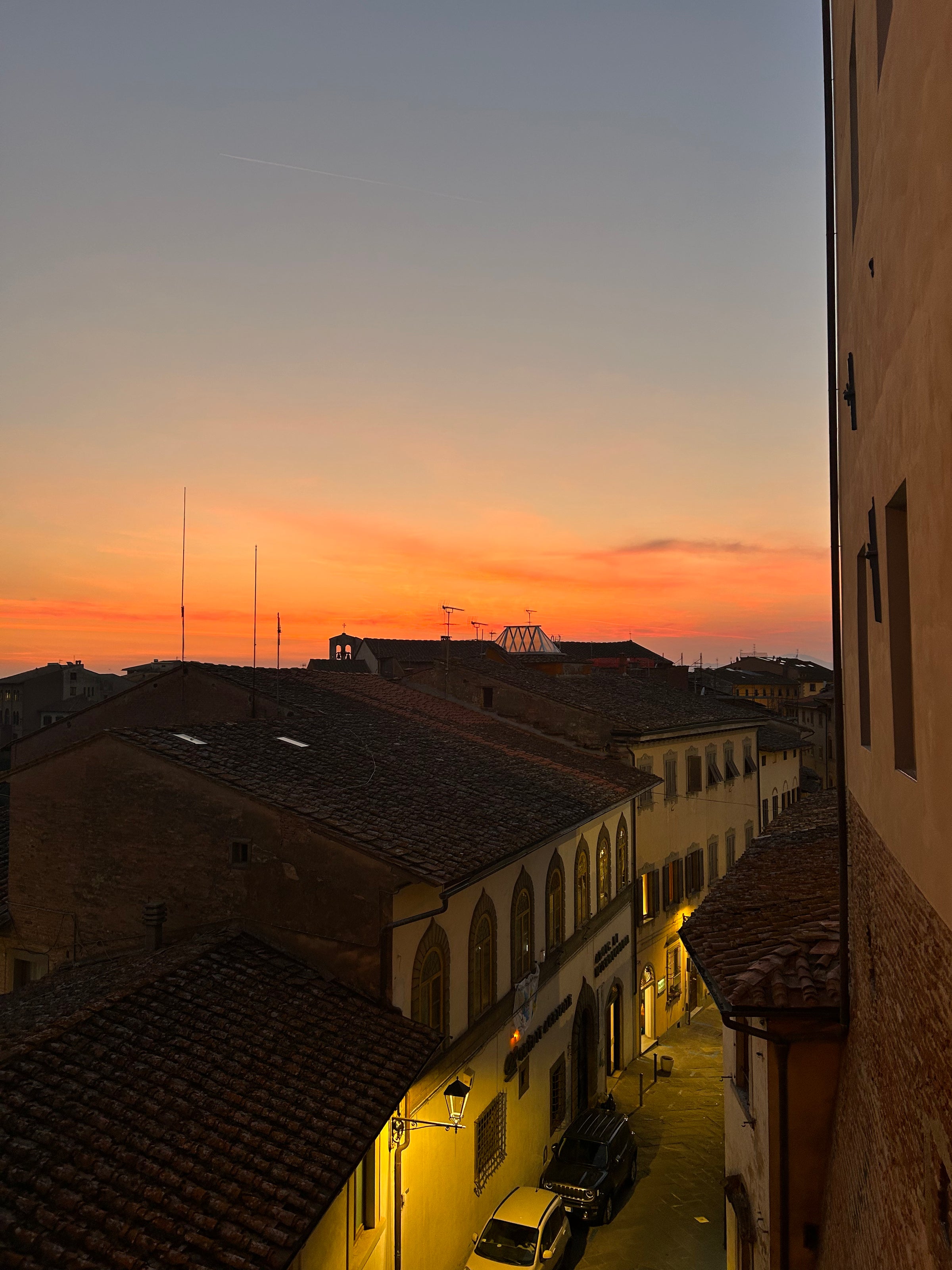
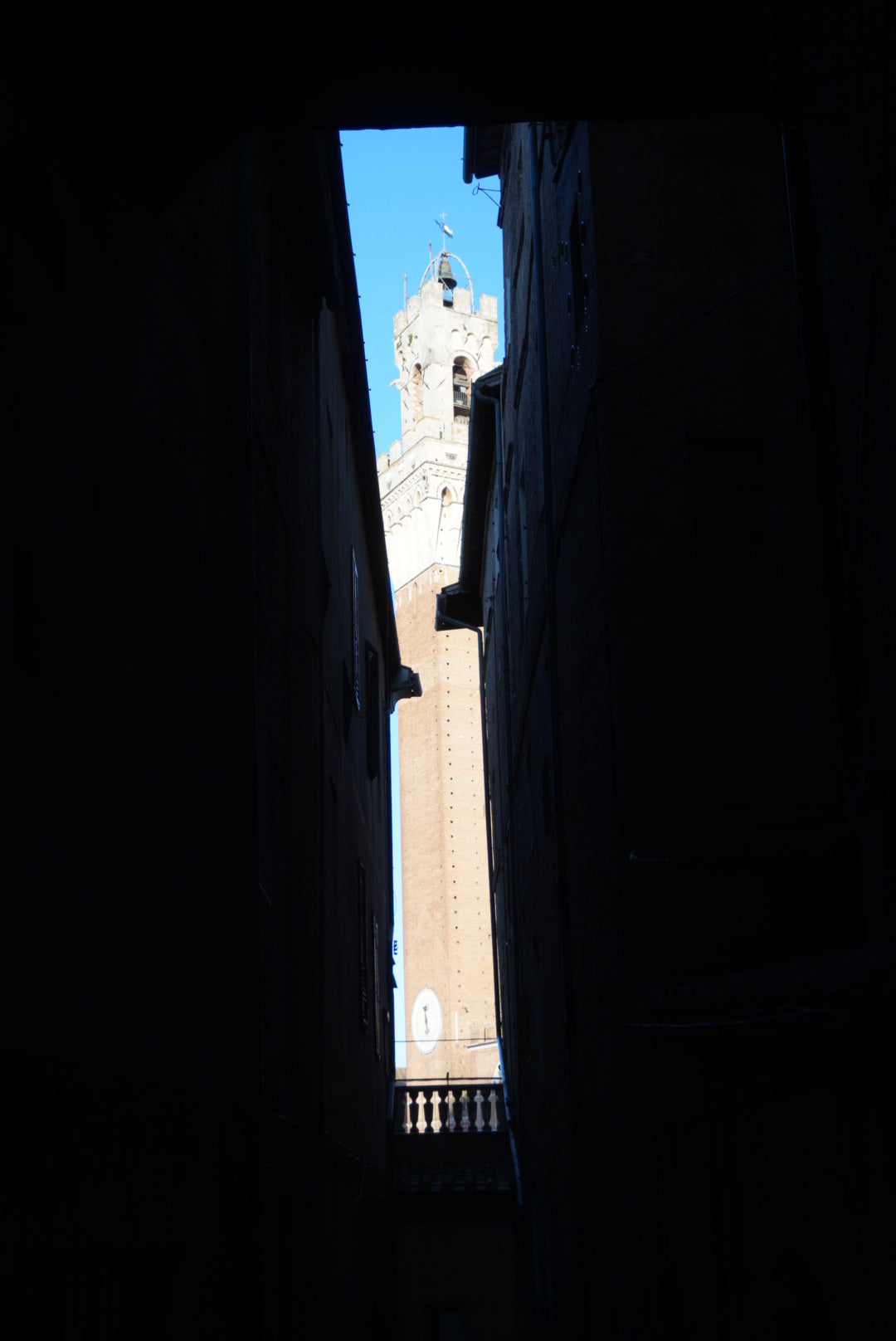
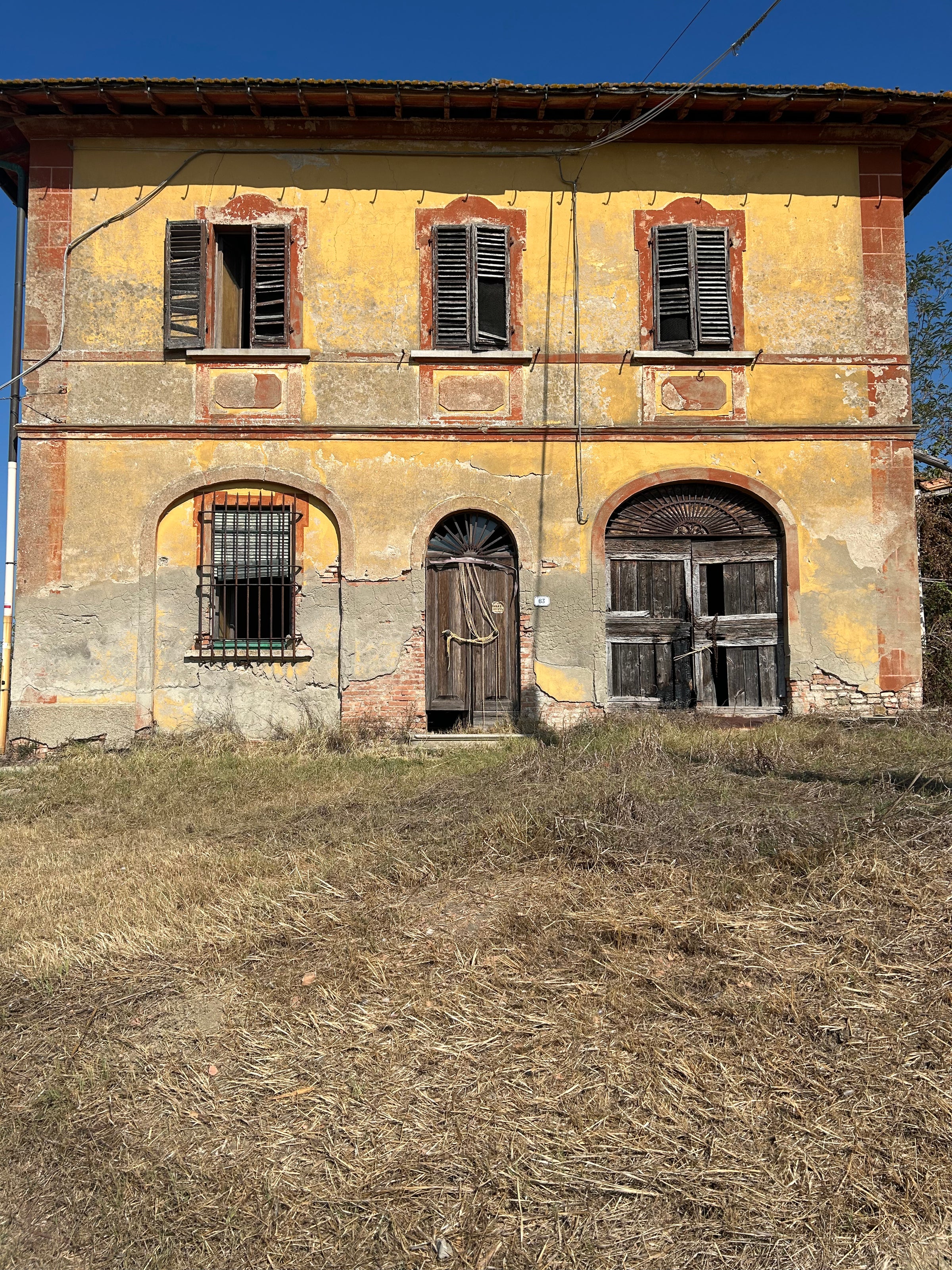
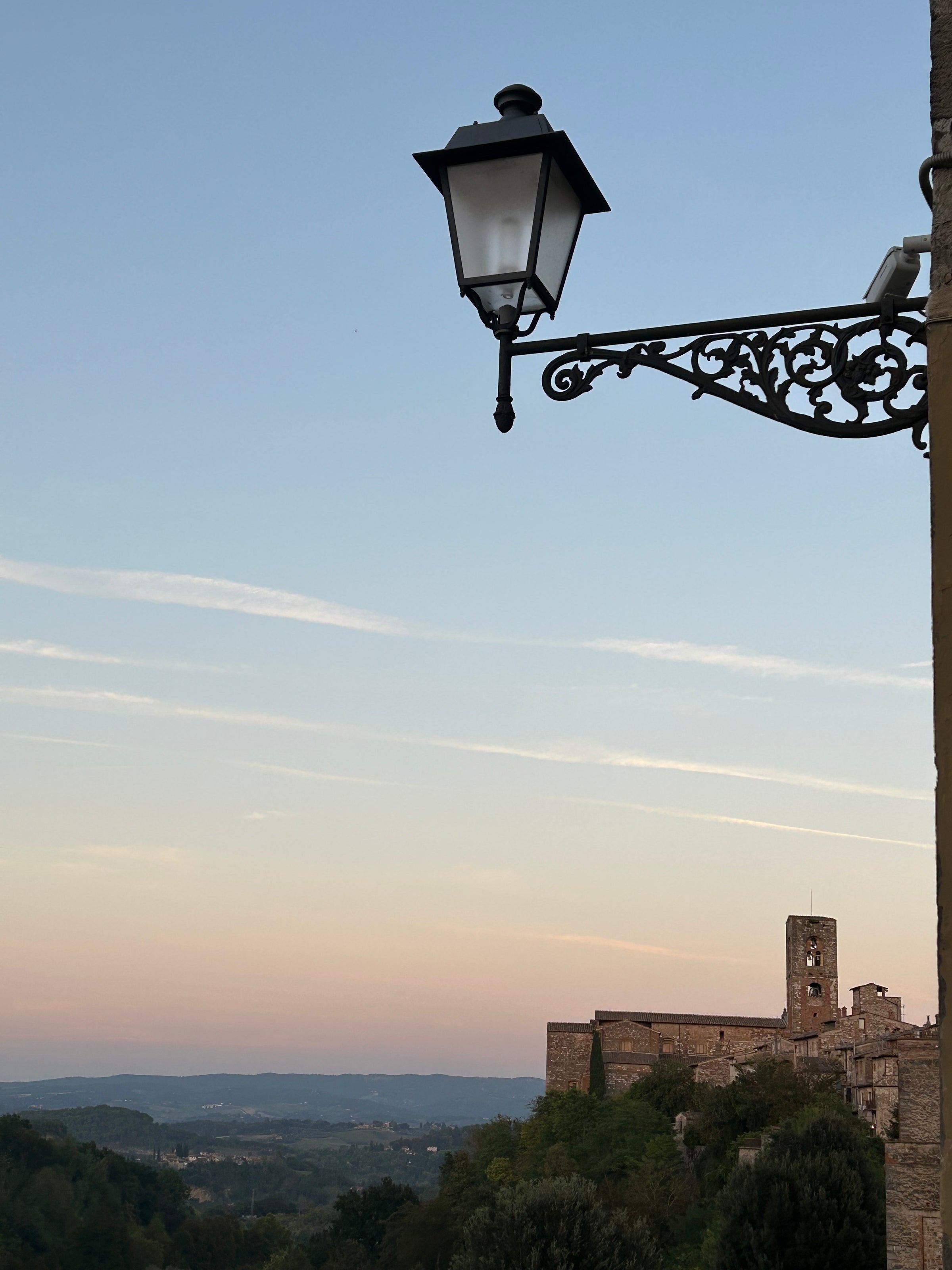
The next day’s hike (18km) showed us landscapes which fulfil the iconic imagination of Tuscany; pristine rows of cypress trees lining never-ending driveways; abandoned farmhouses with peeling facades of yellow paint and shutters hanging by a thread; rows of vines weighed down by grapes that were ready to be harvested (a few of which we plucked and snacked on); the surprise of a medieval monastery peeking through dense woodland. We ended that day in Gambassi Terme and took it back to traditional basics by sleeping in a convent. We sat in the gardens sipping a glass of the house wine, playing cards and stretching our limbs after another satisfying trek.


The week wore on and whilst the routine of each day was consistent – wake up, big breakfast, big hike, big dinner, big sleep – the sights we saw and places we encountered were wonderfully varied. One morning, somewhere between the towns of Colle Val d’Elsa and Monteriggioni, we stumbled across a little spring which we bathed in before continuing onwards. Another time, we passed through a valley where, as if in a fairytale, a singular house stood by a trickling stream. At the end of the large garden, there was a persimmon tree and we couldn’t resist plucking its most golden yield. Like giddy schoolchildren, we devoured it whilst constantly looking over our shoulder for fear that the owner of the house would chase us down.
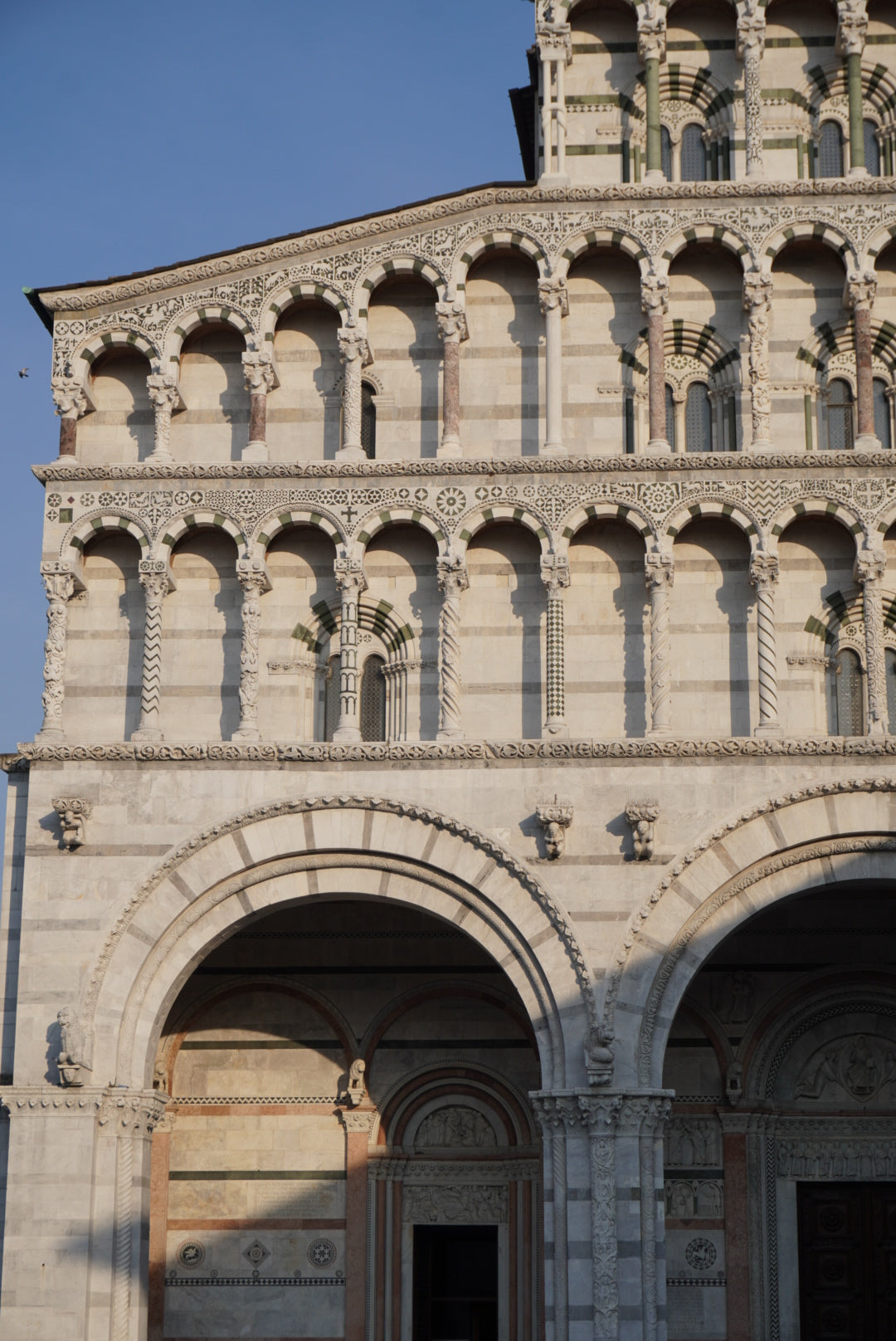
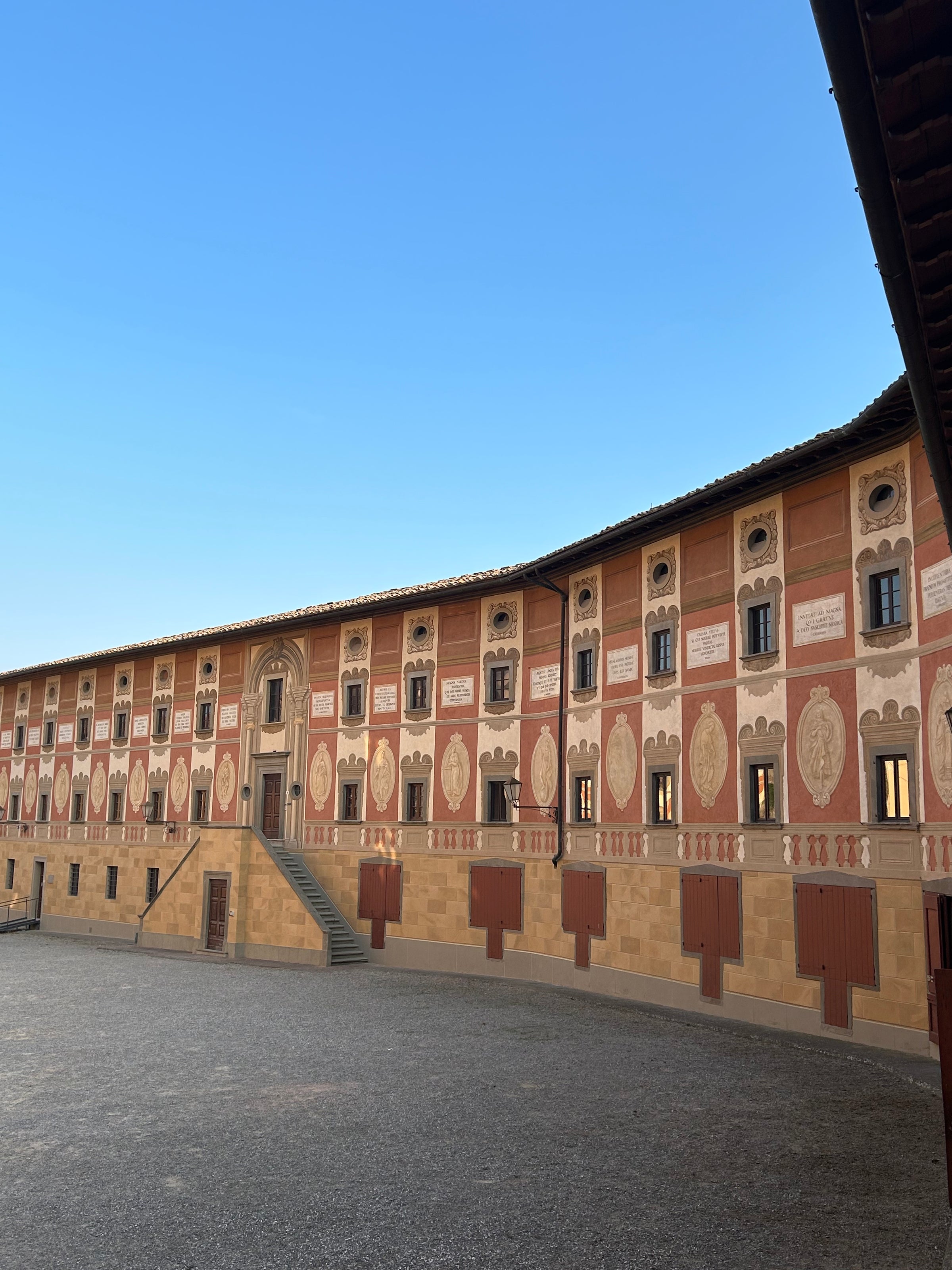
On the final day, we reached the Piazza del Campo in Siena and the bustling town was a culture shock after 7 days of rural countryside. The sense of achievement was mingled with an urge to continue the Via Francigena until Rome; there was so much more of hidden Italy to unearth. That night, at dinner in La Taverna di San Giuseppe we rewarded ourselves with wild boar ragu, Bistecca Fiorentina, and Brunello di Montalcino wine, and promised that we would return to Siena and continue the journey we had only just begun.
